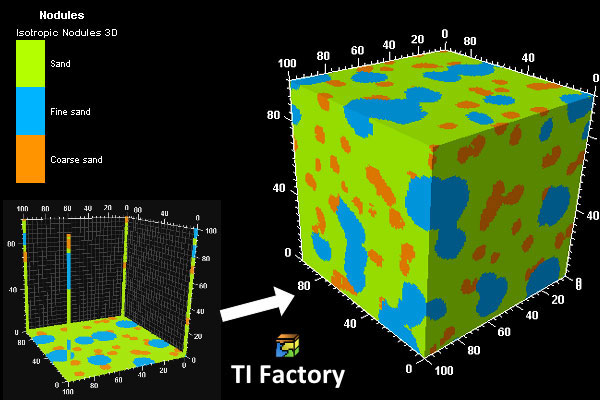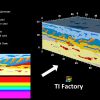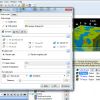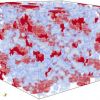Ephesia - TI Factory
One of the main issues in the multiple-point simulation is the lack of suitable 3D training images. TI Factory builds 3D training images on the basis of low-dimensional training images, i.e. sets of 2D and/or 1D axis-parallel sections. The 3D training image is built by performing a low-dimensional multiple-point simulation successively on each visited section of the 3D grid.
A user-friendly and efficient interface
Being available as a standalone process or as a workstep in a custom workflow, the TI Factory plug-in is perfectly integrated in the Petrel interface. The settings dialog is very easy to use and has been built to improve efficiency and usability.
Plug-in Overview
One of the main issues in the multiple-point simulation is the lack of suitable 3D training images. TI Factory builds 3D training images on the basis of low-dimensional training images, i.e. sets of 2D and/or 1D axis-parallel sections. The 3D training image is built by performing a low-dimensional multiple-point simulation successively on each visited section of the 3D grid.
Specifications
- Available as a workstep
- Available as a process
- Many input sections combinations
- Different simulation modes
- Non-stationary properties
- Multiple realizations
Features
Sections provided as input are:
- 2D sections parallel to axes (XY, XZ or YZ sections), and/or
- 1D sections parallel to axes (X, Y or Z sections).
The TI Factory can build non-stationary training images. It requires auxiliary (continuous) properties to describe the non-stationarity through the input sections and to drive the non-stationarity through the resulting 3D training image.










